Dance Partnering Basics: Practical Skills and Inclusive Pedagogy (Original PDF from Publisher)
| Edition |
1st |
|---|---|
| Format |
Publisher PDF |
| ISBN 10 |
1492598062 |
| ISBN 13 |
978-1492598060 |
| Language |
English |
| Published Year |
2024 |
| Publisher |
Human Kinetics |
- Best Price Guaranteed
- Best Version Available
- Free Pre‑Purchase Consultation
- Immediate Access After Purchase
$72.00 Original price was: $72.00.$25.00Current price is: $25.00.
Categories: Sport Medicine
Fundamentals of Dance Partnering: Useful Techniques and Inclusive Teaching For dancers of all ages, HKPropel Access offers technique-based, simple-to-implement partnering tuition. A range of dance styles can benefit from the exercises and techniques, which are divided into manageable chunks and offered in a skill continuum from novice to expert. The book provides a wealth of resources to assist dance instructors in delivering knowledgeable partnering instruction:
Techniques, mechanics, and individual partnered skills are taught through 18 illustrated exercises, each of which has extra variations and explorations.
Advice for creating a partnering element and incorporating it into an already-existing dance curriculum or program
HKPropel provides related online resources, such as more than 40 video clips that illustrate terminology, partnership exercises, discussion and reflection questions, and evaluations and rubrics to gauge students’ progress.
Nongendered, Inclusive Approach In contrast to the conventional male and female roles, the text takes an inclusive, nongendered approach to dance partnering. Author Brandon Whited employs terms like leader/follower, supported partner/supportive partner, and partner A/partner B in place of man/woman categories in the instructions.
This method makes dance partnering appealing to a wide audience. Book Contents Time, weight, energy and flow, and space are the fundamental components of dance that form the framework of Dance Partnering Basics. A brief history and explanation of dance partnering forms are given in Chapter 1, which also examines the practice’s wide-ranging ramifications as an essential part of dance training and education. Class preparation, course development, fundamental ideas, and instructional strategies are the main topics of Chapter 2. It also provides workouts and basic skills. In-depth discussions of biomechanics, safety, cross-training, nutrition, wellbeing, and self-care are covered in Chapter 3, which explores the body as an instrument. Additionally, it provides increasingly complex abilities, expanding upon those presented in the preceding chapter. Readers examine how collaboration and creativity are related in chapter 4, delving into strategies, activities, and choreographic ideas that can foster creativity. It includes the most challenging skills and partnership principles activities. Chapter 5 concludes by outlining dance education ideas, which include creating a community both within and outside of the classroom, a safe space, and a supporting atmosphere. For dance educators and instructors at all levels, from K–12 to higher education, as well as private studios, Dance Partnering Basics is a very useful resource. Regardless of the students’ ages, ability levels, or dance genre, it is the perfect text to teach partnering. This book is a welcome and much-needed addition to the dance field because of its distinctive inclusive approach. Note: All print books include with a code to access HKPropel.



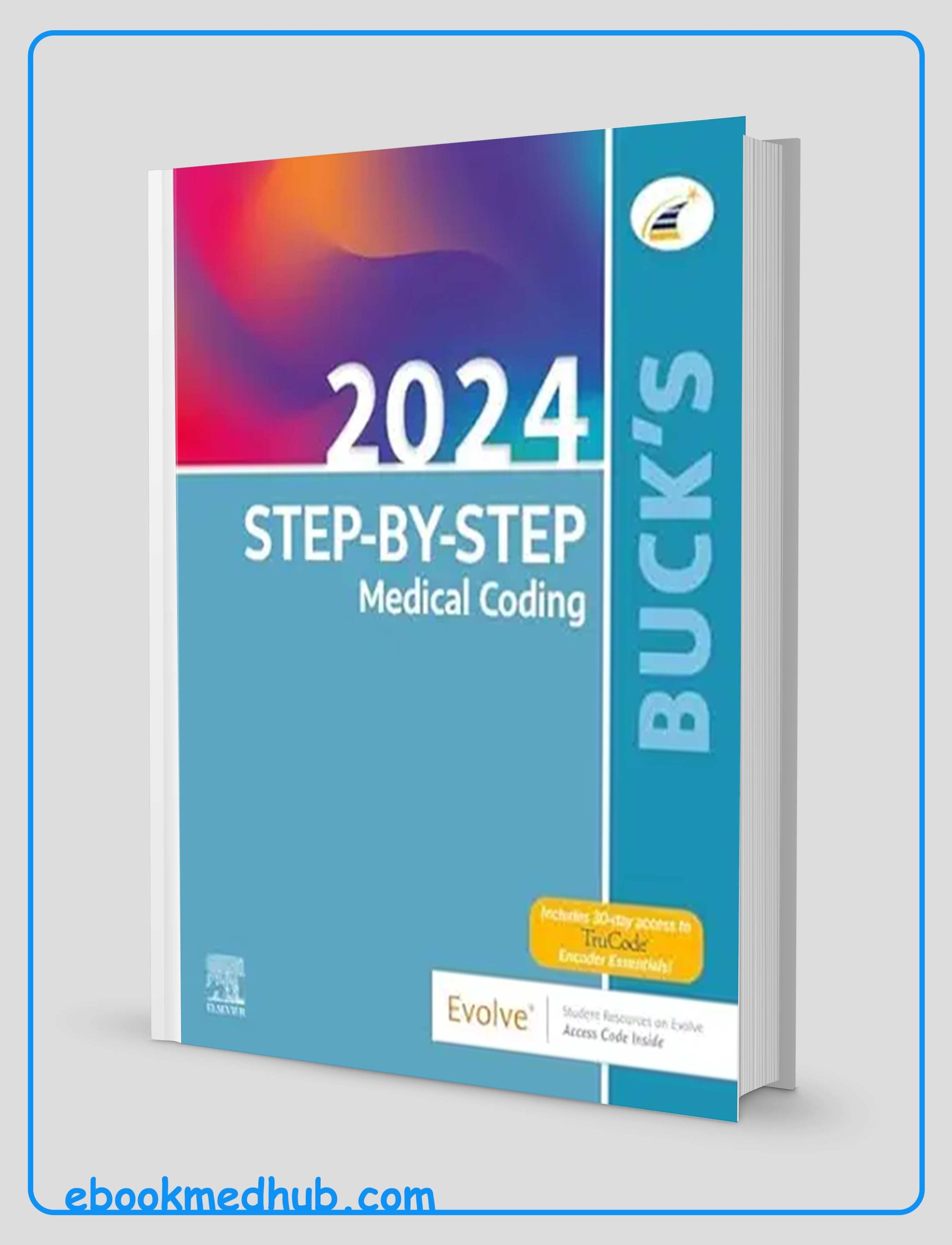
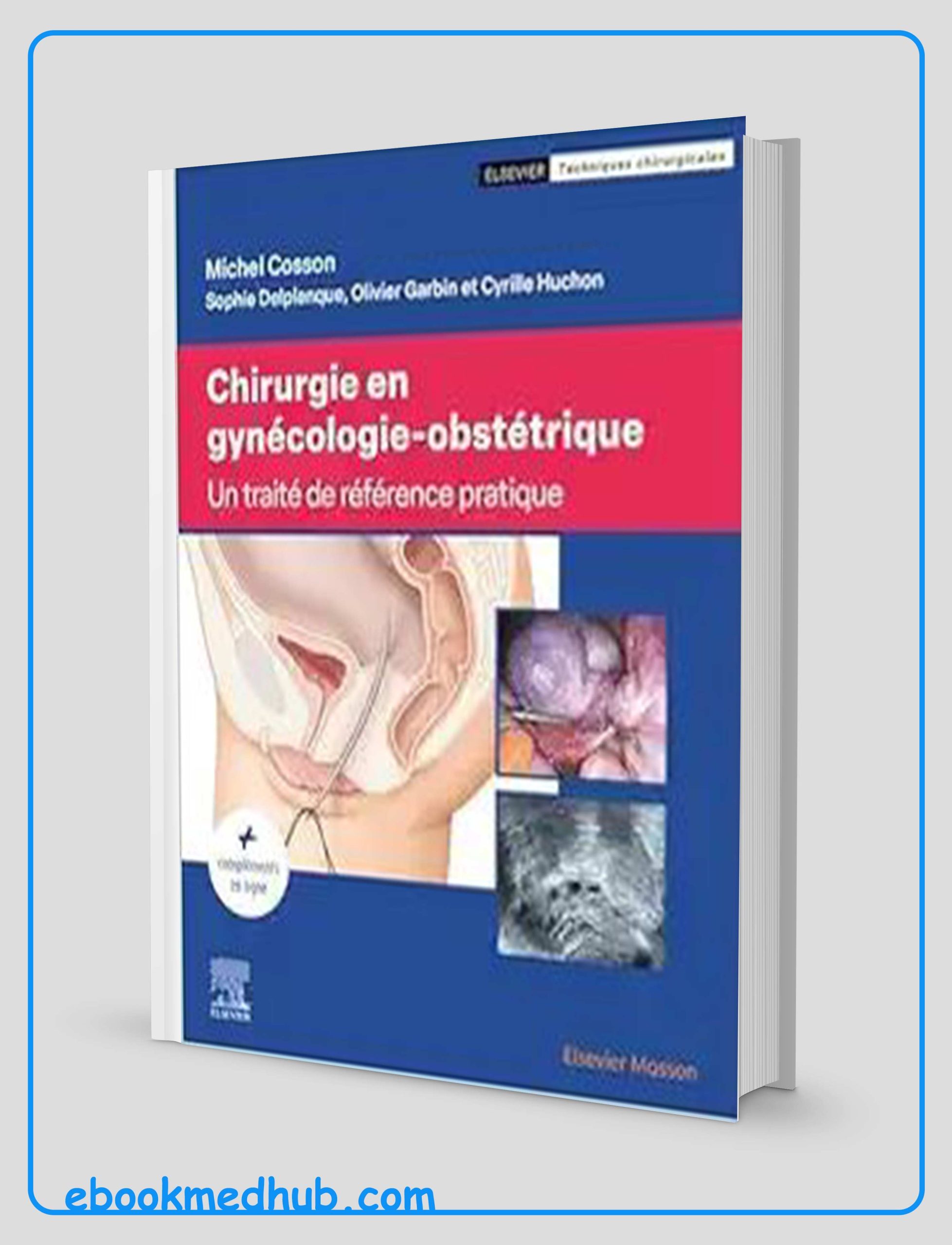















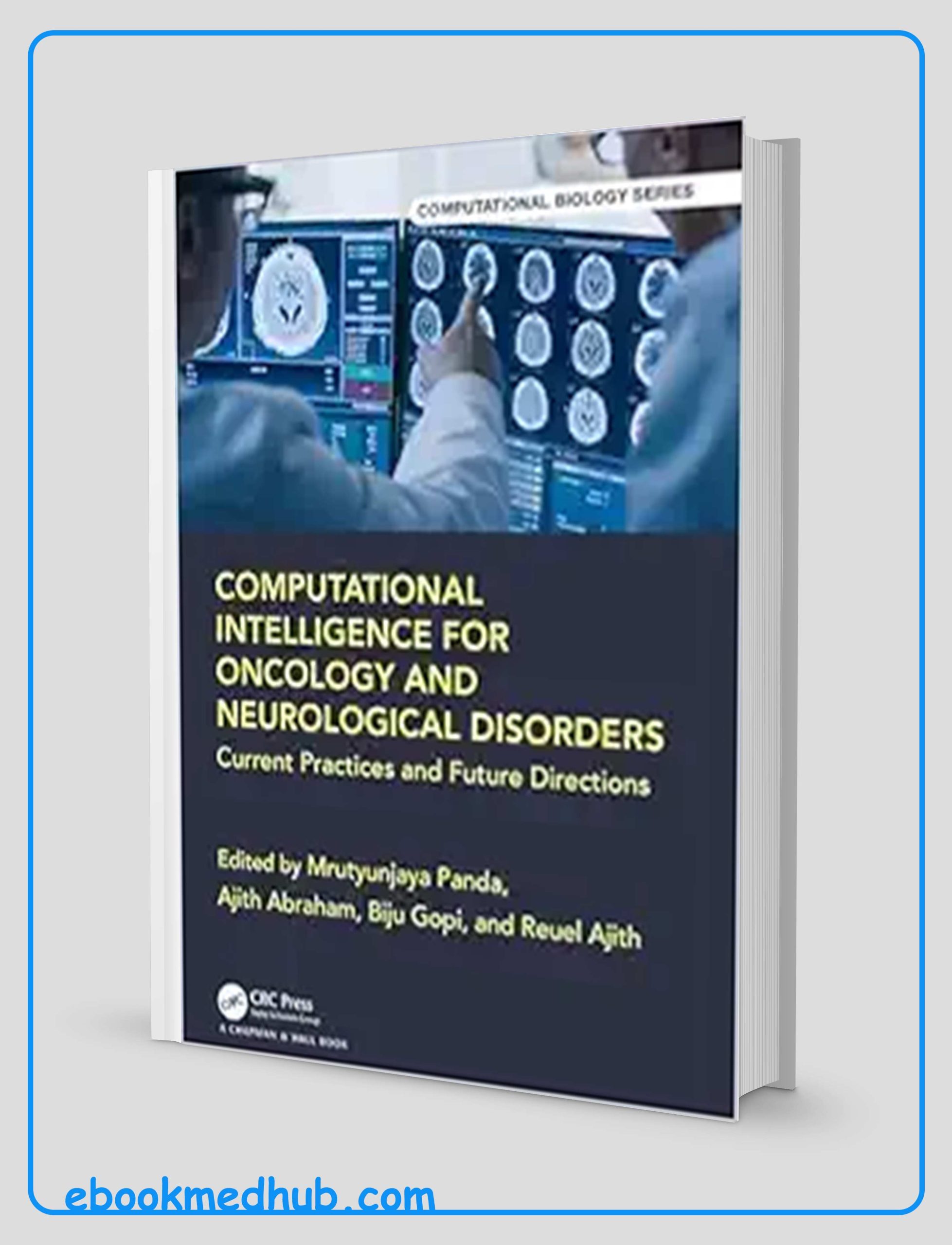






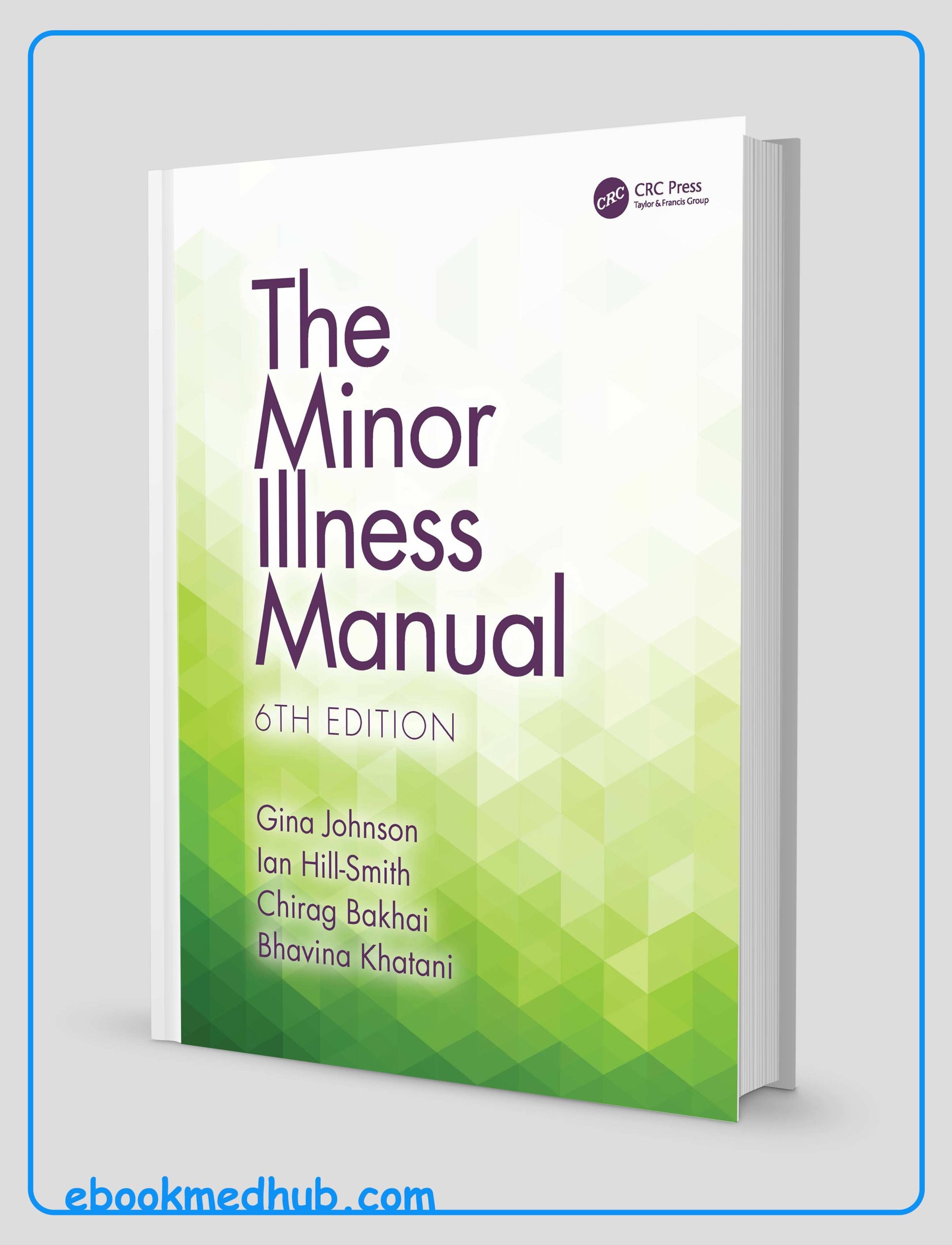



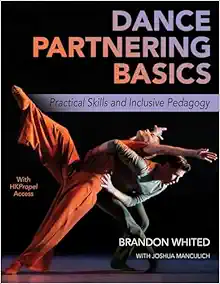
Reviews
There are no reviews yet.